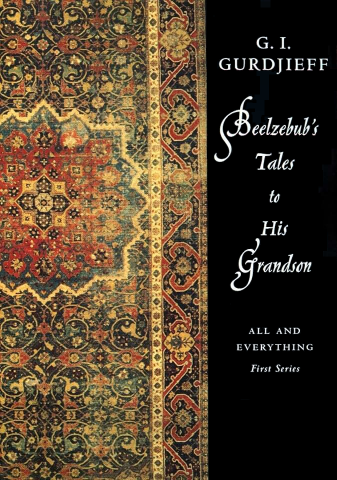 |
Tooltip Color Guide
The glossary includes color-coded tooltips:
Blue underlined terms reference entries in the complete accordion glossary. These approximately 1,000 terms have full glossary entries with detailed definitions, quotes, locations, and etymology notes.
Red underlined terms are excluded terms—variants, plurals, and cross-references that provide standalone tooltip definitions to aid reading comprehension. These approximately 900 terms offer quick reference without full glossary entries.
The Density Control lightens, darkens, or hides the tooltip underlines.
A comprehensive glossary of terms from the 1950 first edition of G.I. Gurdjieff's Beelzebub's Tales to His Grandson, containing 973 entries with definitions, quotations, locations, and etymological notes drawn directly from the source text. This glossary preserves the exact terminology, spelling, and usage from the 1950 edition, including proper diacritical marks and Gurdjieff's unique compound terms.
The complete 1950 edition text with integrated tooltips is also available for reading (Beelzebub's Tales to His Grandson), or as a standalone html webpage (Download).